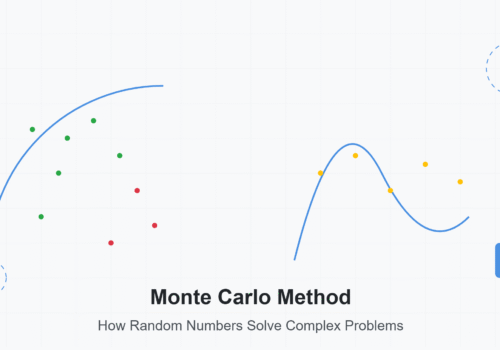The Future of Medical Animation: Trends and Innovations
Medical animation has become a powerful tool in healthcare communication and education, revolutionizing the way complex medical concepts are conveyed to patients, medical professionals, and researchers. As technology continues to advance, the future of medical animation holds tremendous potential for further innovation and impact. In this blog post, we explore the current state of medical animation, delve into emerging trends, and envision the exciting possibilities that lie ahead.
Current State of Medical Animation
Medical animation has already made significant strides in various areas of healthcare. From patient education and surgical planning to pharmaceutical research and development, the integration of animation has proven invaluable. By translating intricate medical information into visually engaging and accessible content, medical animation has improved patient outcomes and enhanced medical professionals’ understanding. The power of animation lies in its ability to simplify complex concepts, making them more digestible and memorable.
Emerging Trends
There are many emerging trends when it comes to medical animation. Keep reading to learn about the four emerging trends we think have the most potential!
Augmented Reality (AR) and Virtual Reality (VR)
One of the most promising advancements is the integration of augmented reality and virtual reality technologies into medical animation. AR and VR offer immersive and interactive experiences, allowing medical professionals and students to explore anatomical structures, simulate surgical procedures, and visualize medical data in a three-dimensional space. This technology has the potential to revolutionize medical education, providing hands-on training opportunities and enhancing the understanding of complex medical scenarios.
Real-time Rendering and Simulation
Real-time rendering and simulation techniques are transforming medical animation by providing dynamic visuals and interactive experiences. With the ability to manipulate anatomical models in real-time, medical professionals can simulate surgical procedures, test different scenarios, and receive immediate feedback. Real-time rendering also enables patient consultations, allowing them to visualize their conditions and treatment options more effectively. This technology accelerates decision-making processes, enhances surgical planning, and improves patient communication.
Artificial Intelligence (AI) and Machine Learning (ML) in Medical Animation
Artificial intelligence and machine learning are reshaping medical animation by automating and enhancing various aspects of the animation process. AI algorithms can analyze complex medical data, such as patient scans and clinical trials, to generate realistic and accurate animations. Additionally, ML algorithms can learn from existing medical animations to produce customized and patient-specific visuals. This fusion of AI and medical animation streamlines the creation process, saves time, and opens up new possibilities for personalized healthcare education.
3D Printing and Haptic Feedback
The integration of 3D printing and haptic feedback technologies into medical animation brings tangible experiences to the forefront. 3D printing allows for the creation of physical models that accurately represent anatomical structures, enabling medical professionals to study and practice procedures on realistic replicas. Haptic feedback technology enhances the sensory experience by providing tactile sensations during virtual interactions. This combination of 3D printing and haptic feedback facilitates surgical preparation, patient communication, and the design of medical devices.
Future Implications and Opportunities
The future of medical animation holds immense promise for healthcare professionals, patients, and the animation industry. As these trends continue to evolve, we can expect to see increased collaboration between medical and animation experts, leading to even more realistic and interactive visuals. Surgeons can benefit from preoperative simulations that enable them to practice complex procedures, reducing risks and improving surgical outcomes. Patients will have access to immersive educational materials, allowing them to make informed decisions about their health. The medical animation industry itself will witness rapid growth, with greater demand for specialized expertise in animation, technology, and medical knowledge.
Conclusion
The future of medical animation is filled with exciting possibilities. From augmented reality and virtual reality to real-time rendering and simulation, artificial intelligence and machine learning, as well as 3D printing and haptic feedback, these emerging trends are reshaping the landscape of healthcare communication and education. As medical animation continues to evolve, it will empower healthcare professionals, educate patients, and revolutionize medical research and development. By staying at the forefront of technological advancements, we can unlock the transformative power of medical animation and usher in a new era of healthcare visualization and understanding.





